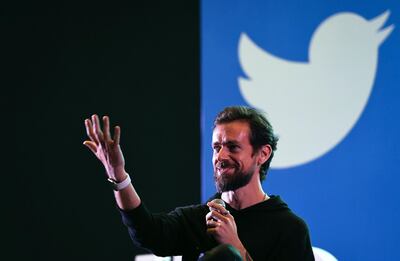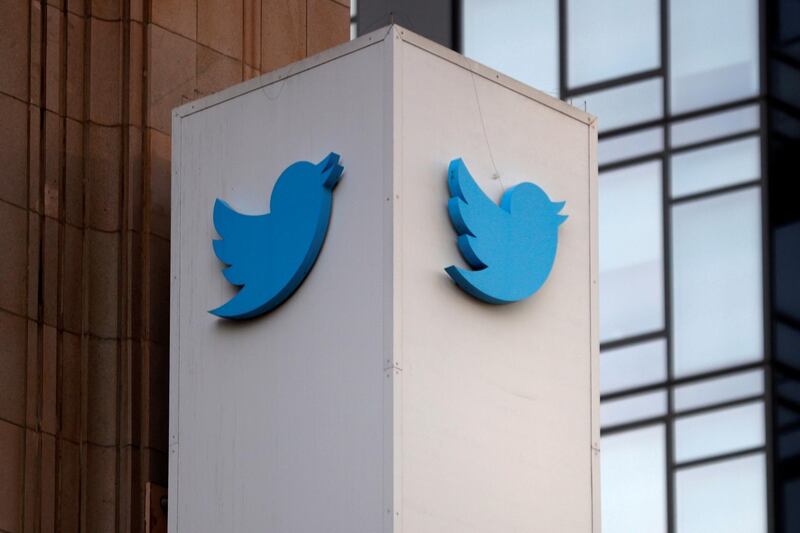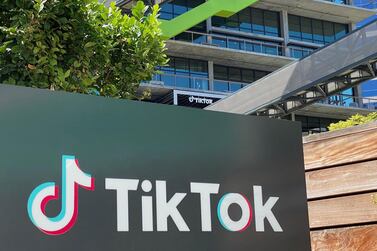Twitter has stepped up its pace of acquisitions in recent months after years of languid deal-making, a change that reflects the social network’s stronger financial standing and a renewed effort to speed up the addition of new features.
Last week, Twitter announced the purchase of news reader service Scroll with the goal of adding the product to an eventual subscription offering for its social network. The deal was Twitter’s sixth announced so far this year, and the seventh since December.
While many of Twitter’s transactions have been small and driven by a desire to quickly add more employees or technical expertise, Twitter’s activity this year is markedly different from 2017 and 2018, when the company completed just one public acquisition in two years.
Twitter, which a few years ago was itself a buyout target, is also taking bigger swings, and has been part of the conversation around higher-profile deals since last year, including efforts to acquire Discord, Clubhouse and even TikTok.
The shift is part of a concerted push to launch products at a faster rate, following the admission from chief executive Jack Dorsey in February that the company has been dragging its feet for years on new tools for its platform. Twitter set out to double its “development velocity” and the “number of features per employee” that affect revenue and user growth, and acquiring teams and products that align with the company’s plans bolsters that effort.
“The pace has picked up as our hiring needs have picked up, as our clarity has picked up, as our investing levels have picked up,” chief financial officer Ned Segal said of the acquisition strategy in an interview. “It shouldn’t surprise you or others to see our name mentioned around things big and small.” He declined to comment on specific deals.
Twitter’s six purchases so far in 2021 – less than halfway through the year – are the most the company has made in a calendar year since 2015, when it publicly announced eight acquisitions. Many deals this year have been directly related to Twitter’s effort to build a subscription offering, which would generate revenue outside of the main advertising business.
In addition to Scroll, Twitter acquired start-up Revue with plans to build out a subscription newsletter business. Other employees added through deals this year are working on “super follows,” or letting Twitter accounts charge followers for special content or access. Twitter will eventually take a cut of these subscriber fees, providing the company with a more predictable revenue stream than its current advertising business.
This focus on a specific product road map seems to be the most likely explanation for Twitter’s flurry of deal activity, said Mark Shmulik, an analyst at asset manager Sanford C. Bernstein. At Twitter’s Analyst Day presentation in February, the plan outlined was the “most put together and coherent” he’d ever seen from the company, he said.
“It all starts with the clarity of ‘where is the North Star and how are we getting there?’” Mr Shmulik said. “For a long time, they didn’t really have that.”
Adding start-ups to help with new consumer features is the most likely reason for Twitter to make deals moving forward, said Mandeep Singh, a technology analyst at Bloomberg Intelligence. He pointed to commerce and augmented reality as industries where rival social media platforms like Facebook and Snap are currently invested.
Mr Singh also suggested that Twitter should look at advertising technology start-ups for possible deals. The company spent the past few years telling investors it plans to improve its direct response advertising business – essentially helping advertisers drive specific outcomes, like an app download. Twitter could benefit from adding more employees or technology to help it catch up with competitors in this space. “That is one area where they would want to close the gap,” he said.

Perhaps just as noteworthy are the deals Twitter hasn’t made, but has been interested in, which show the company is considering adding a new product outside of its core social media service for the first time in years.
The company tried to acquire Discord, the video-game chat company that rejected a $12 billion bid from Microsoft last month. Twitter also attempted to buy the audio-chat app Clubhouse for $4bn, and is now building its own rival product, called Spaces.
The San Francisco-based social network was also one of the many interested companies bidding on TikTok’s US operations last summer, though it is likely Twitter would have been a smaller partner in any transaction for the popular video-sharing app.
It’s possible Twitter could benefit from the current regulatory climate. Facebook and Google, always considered top acquirers for any consumer technology deal, are both under intense anti-trust scrutiny in Washington, making it less likely either company could get a sizeable deal through the regulatory process. Facebook is confronting government threats to unwind its past deals for Instagram and WhatsApp.
Twitter, which is much smaller than its digital advertising competitors, has almost $9bn in cash or cash equivalents on its balance sheet, and a “board that’s supportive of our plan”, Mr Segal said. Once a perpetual money-losing business, Twitter is now profitable.
Still, Mr Segal dismissed the idea that Twitter’s more aggressive stance on deals has anything to do with a weaker field of acquirers. “Even if the people with whom you are competing may change from one year to another, the amount of competition doesn’t change,” he says.
It wasn’t long ago that Twitter itself was a possible takeover target after a dramatic internal restructuring, including the return of founder Mr Dorsey to the helm in October 2015. At the time, Twitter was focused on downsizing as a means to attract a possible suitor. It laid off employees for two years in a row, shuttered its video app Vine and sold off its developer products to Alphabet’s Google.
Buyout interest from a range of companies, including Salesforce.com and Walt Disney failed to result in a deal and Twitter was left with a smaller staff but fewer side projects left to distract them.
And just because Twitter is exploring a big acquisition doesn’t mean it will land one. The main reason a Twitter deal for Discord never progressed is that the interest was one-sided, according to people familiar with the talks. Any deal for Discord, Clubhouse or ByteDance’s TikTok would dwarf the company’s most expensive purchase ever – a $479.1 million ad-tech deal for TellApart in 2015 – and most of the acquisitions Twitter is making are so small that pricing isn’t required to be disclosed.
“I don’t know if they’ve won the right or earned the right from investors to go down that path” to a multibillion-dollar deal, Mr Shmulik said. If Twitter does stay active, he expects that it will go after companies that fit with product plans around creators and helping Twitter users make money from the service. “It’s all about reducing time to market,” he said.
Mr Segal said Twitter isn’t done shopping.
“We don’t see anything that will slow down our pace,” he said.






